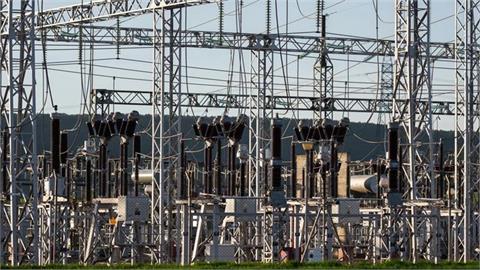Coal consumption in the U.S. this year is expected to reach its lowest level of the past 39 years, according to the country's Energy Information Administration (EIA) on Wednesday. Total U.S. coal consumption this year is estimated to decline to 691 million short tons (MMst). If this level is realized for 2018, this will be the lowest coal consumption in the U.S. since 1979, the EIA said in a statement.
The estimated level for 2018, if realized, would be 4 percent less than in 2017, and 44 percent lower than 2007, the administration said. The year 2007 was when coal consumption in the U.S. reached it peak at 1,128 MMst, according to the EIA.
Some factors behind the decrease of coal usage in the country involve the retirement of coal-fired power plants, declines in capacity, and greater competition from natural gas and renewables as an energy source. The main reason, however, is the decline of coal usage in the U.S.' electric power sector.
The electric power sector has been the country's largest consumer of coal, accounting for 93 percent of total U.S. coal consumption between 2007 and 2018, the EIA said. Coal-fired capacity in the U.S. totaled 313 gigawatts (GW) across 1,470 generators in 2007. By the end of 2017, 529 of those generators, with a total capacity of 55 GW, had retired.
Between January-September 2018, 11 GW of coal-fired generating capacity had retired. An additional 3 GW are expected to retire in the October-December period of 2018, the EIA said, adding another 4 GW of capacity are planned for retirement by the end of 2019.
"If these plants retire as planned, 2018 will be the second-highest year for coal retirements," the statement said With the decline in coal-fired capacity, coal consumption is expected to further reduce, it said, while coal consumption in the power sector is estimated to fall by 4 percent in 2018 and by 8 percent in 2019.
The EIA said natural gas prices have stayed relatively low since natural gas production in the U.S. started to increase in 2007. "This period of sustained, low natural gas prices has kept the cost of generating electricity with natural gas competitive with generation from coal. Other factors such as the age of generators, changes in regional electricity demand, and increased competition from renewables have led to decreasing coal capacity," the statement said.
Another reason for coal plant retirements was environmental concerns. Coal retirements peaked in 2015, driven partly by stricter emissions standards, according to the EIA. "Instead of investing in emissions control technologies, many smaller power plants that operated at lower capacity factors were retired before the new standards were implemented," it added.
(Anadolu Agency)



